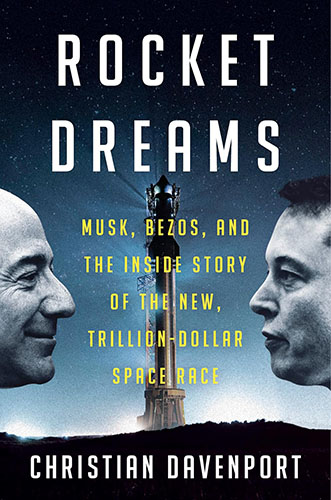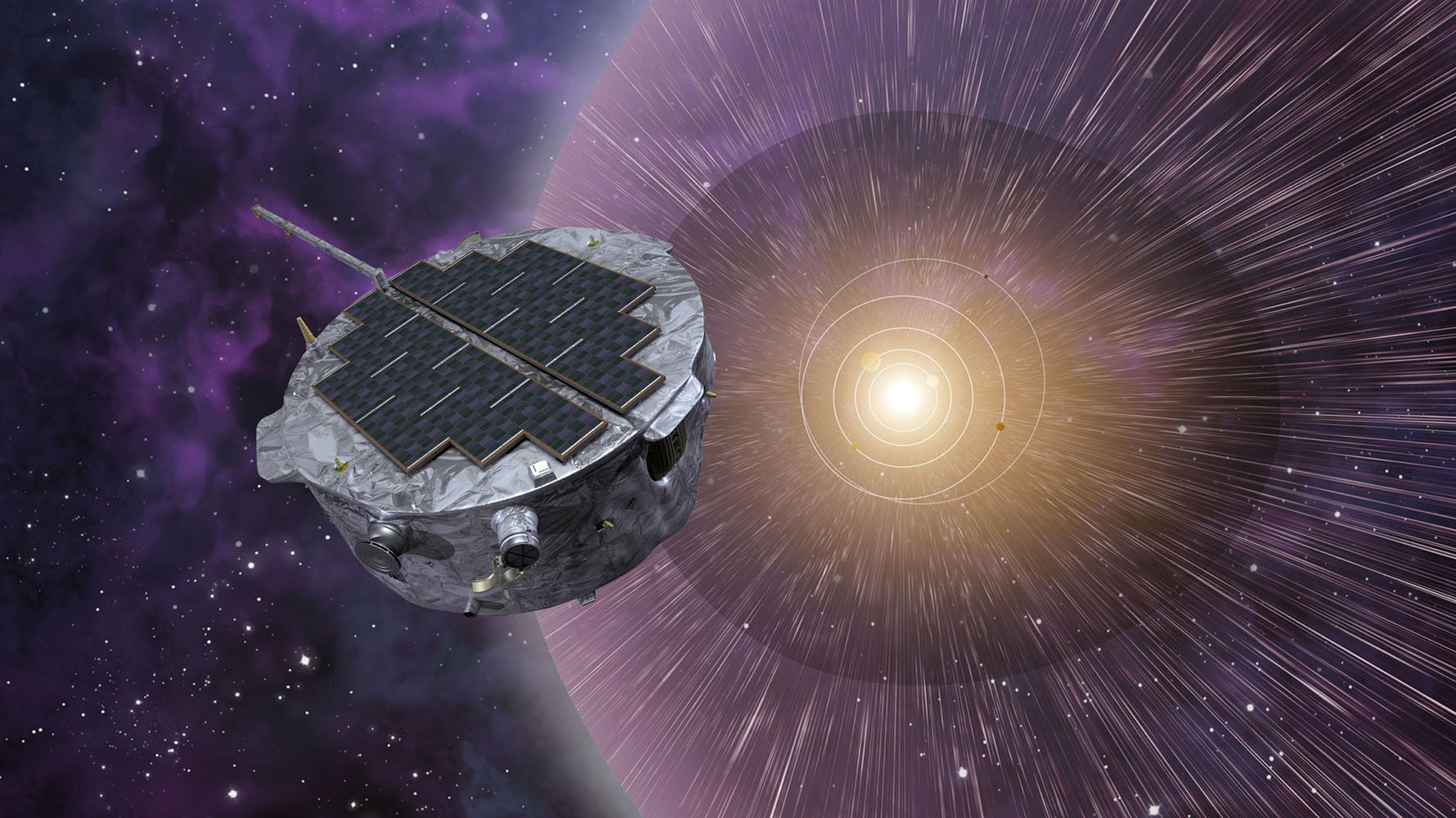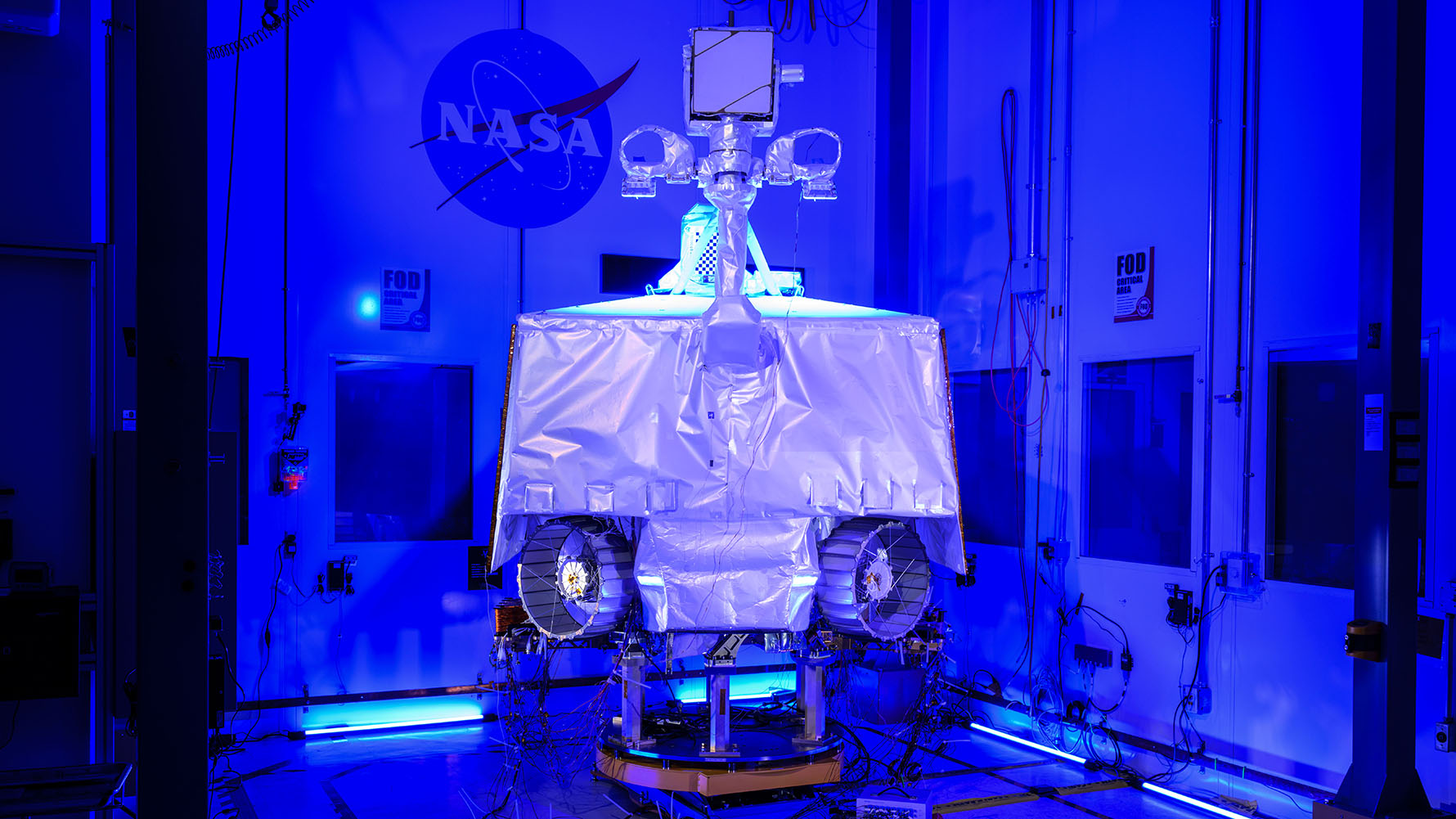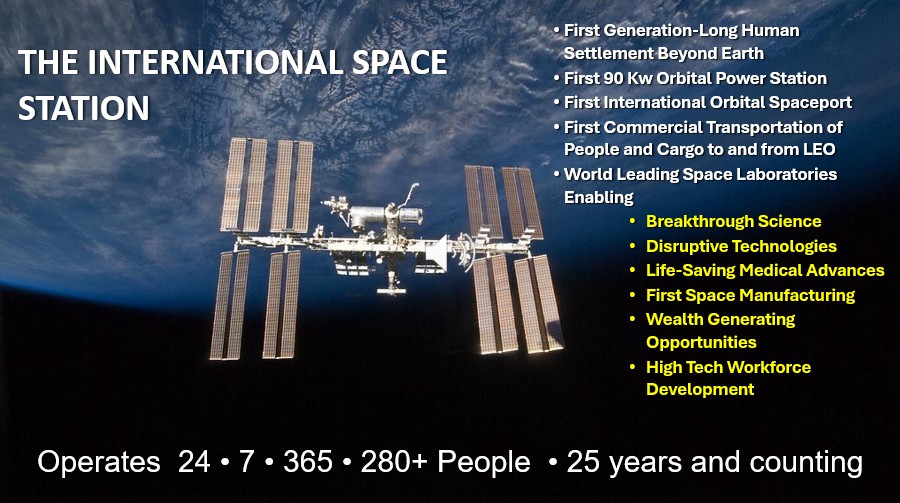Category: Nonfiction
Reviewed by: Douglas G. Adler
Title: Lunar Commerce: A Primer
Author: Derek Webber
Format: Hardcover/Kindle
Pages: 208
Publisher: Springer
Date: May 2024
Retail price: $39.99/$32.99
ISBN: 3031534204
Find this book
For the last 60 or so years, going to space meant spending money. For most of those decades, the money was spent by governments, be they the USA, the USSR (now Russia) or other states that paid to have their citizens fly to space aboard a Soyuz, the Space Shuttle, or the like. In the modern era, we are seeing the very dawn of space tourism whereby people pay to go to space (or get someone to pay for them) aboard privately owned rockets and spacecraft. But what if we could go to space to create wealth? Specifically, what if visiting, living, and working on the Moon were made profitable? How would that work? Who would do it? How would you make money doing it, and would it be sustainable?
These and other questions are answered in Derek Webber’s new book, Lunar Commerce: A Primer. Webber takes readers on a fascinating thought experiment of how lunar-based commercial enterprises might work, and does so in significant detail.
Webber outlines various different aspects of potential lunar commerce schemes, including tourism, mining, manufacturing, communication, energy production, and other ideas. Each of these is explored in great depth, and with an eye towards the very real problems, hurdles, and setbacks such business ventures would be likely to encounter.
To be sure, the infrastructure required to actually do business on the Moon and in lunar orbit would be vast, and would cost an almost incalculable amount of money. For comparison, America’s Apollo program, which sent astronauts to the Moon between 1968 and 1972, cost the United States $25.8 billion. For perspective, this is equivalent to $257 billion when adjusted for inflation to 2020 dollars. Keep in mind that, using all this money, Apollo only sent a small number of humans to cislunar space and just 12 individuals ever walked on the surface of the Moon. Lunar commerce would involve a great many more people working on and above the Moon, and vastly more hardware, and with a much higher price tag.
Webber acknowledges that to do this it seems likely that government agencies and private enterprise will need to work together. Furthermore, the technology needed to go to the Moon (NASA’s Artemis program and SpaceX’s Starship) are both still very much in development. Artemis, it should be noted, is woefully over budget and years behind schedule, and it is not impossible to believe that it may someday be cancelled. Still, whether it is in 10 years or 100 years, humans will return to live and work on and around the Moon as the cost to reach space falls over time.
Webber has, essentially, produced a business book about the Moon. As an avid reader of space-related books of all kinds, I was not sure what I would make of Lunar Commerce, but Webber has produced a highly readable and interesting work. While the book does not contain tales of space-bound derring-do, it does contain serious analysis of important questions that will need to be answered before the Moon can be made profitable. Suppliers will have to be created, customers identified, and reliable and sustainable supply chains will need to be developed. Trips to the Moon will need to be frequent, affordable, and safe. A trip to the Moon will need to be worth the expense involved, and a huge amount of infrastructure will need to be created. To paraphrase Webber, someone will need to be the barman at the lunar space tourist hotel.
Overall, this is a worthwhile and insightful work. I suspect that many readers interested in space might pass on a book focused on business aspects of the Moon, but the subject is crucial to development of the Moon and this book will reward those who make the effort to read it.
© 2025 Douglas G. Adler












